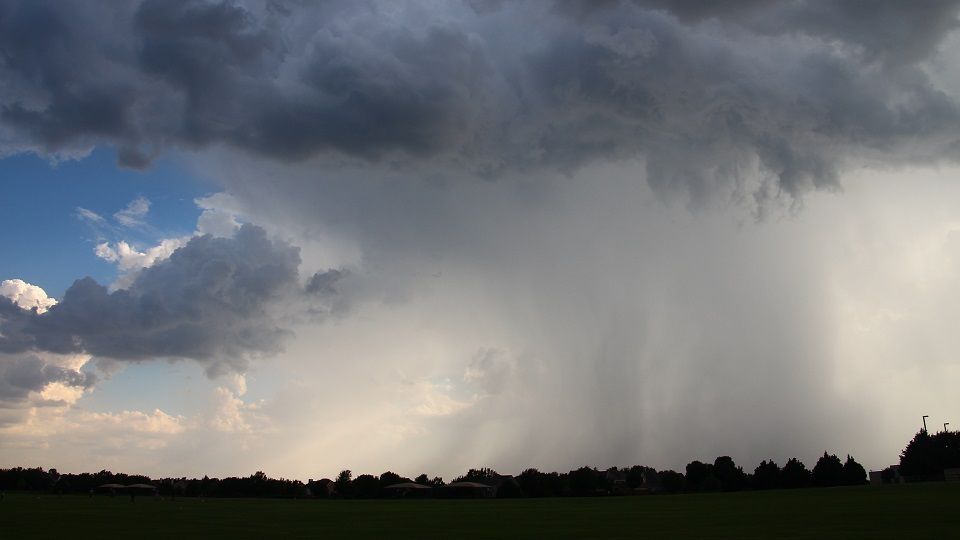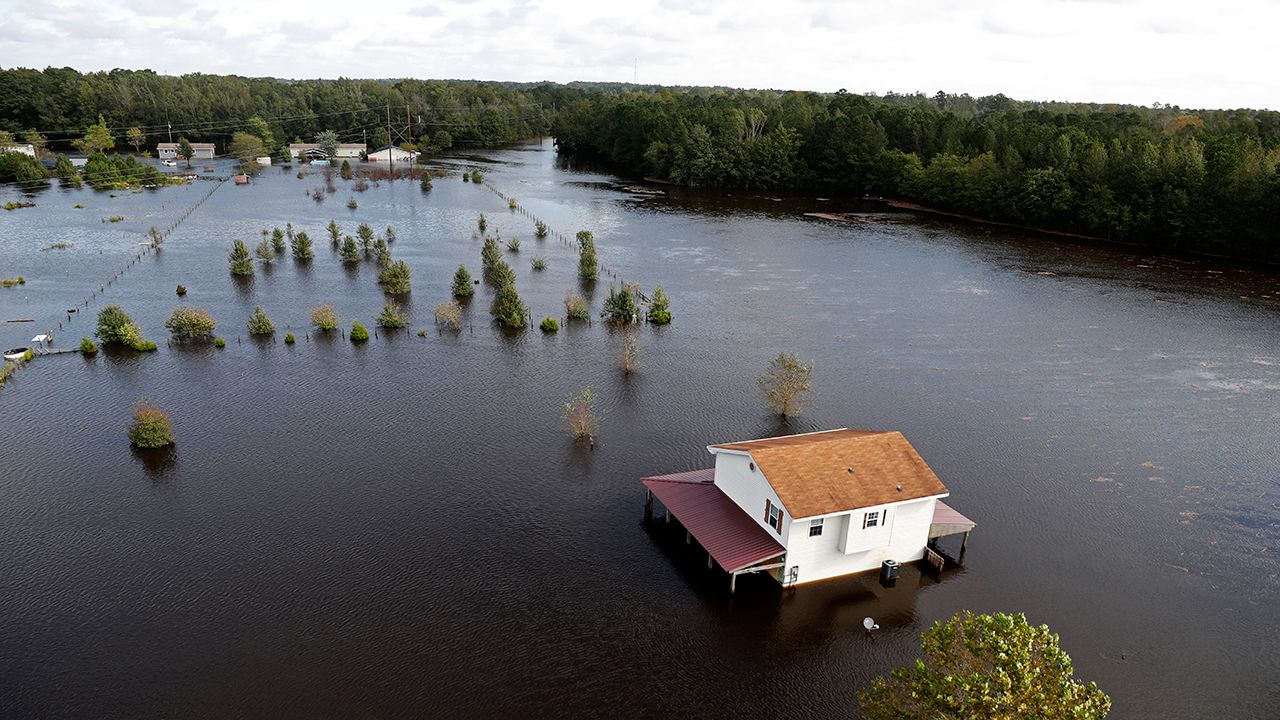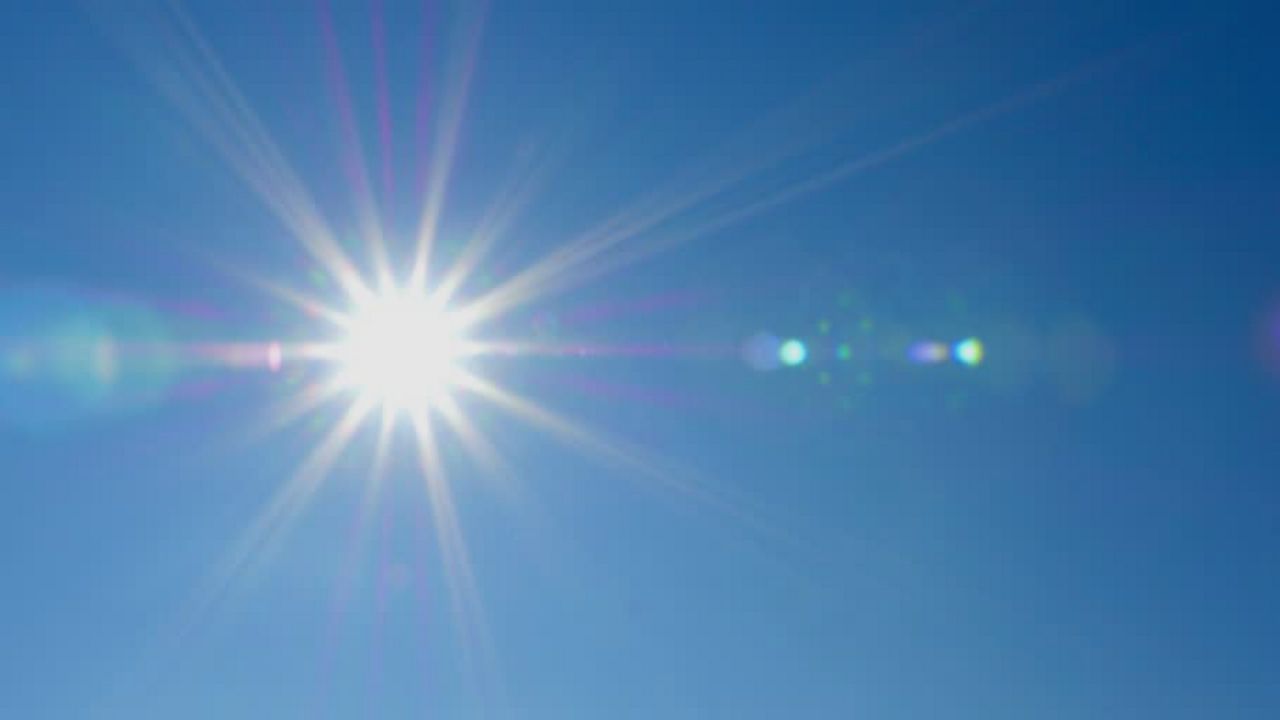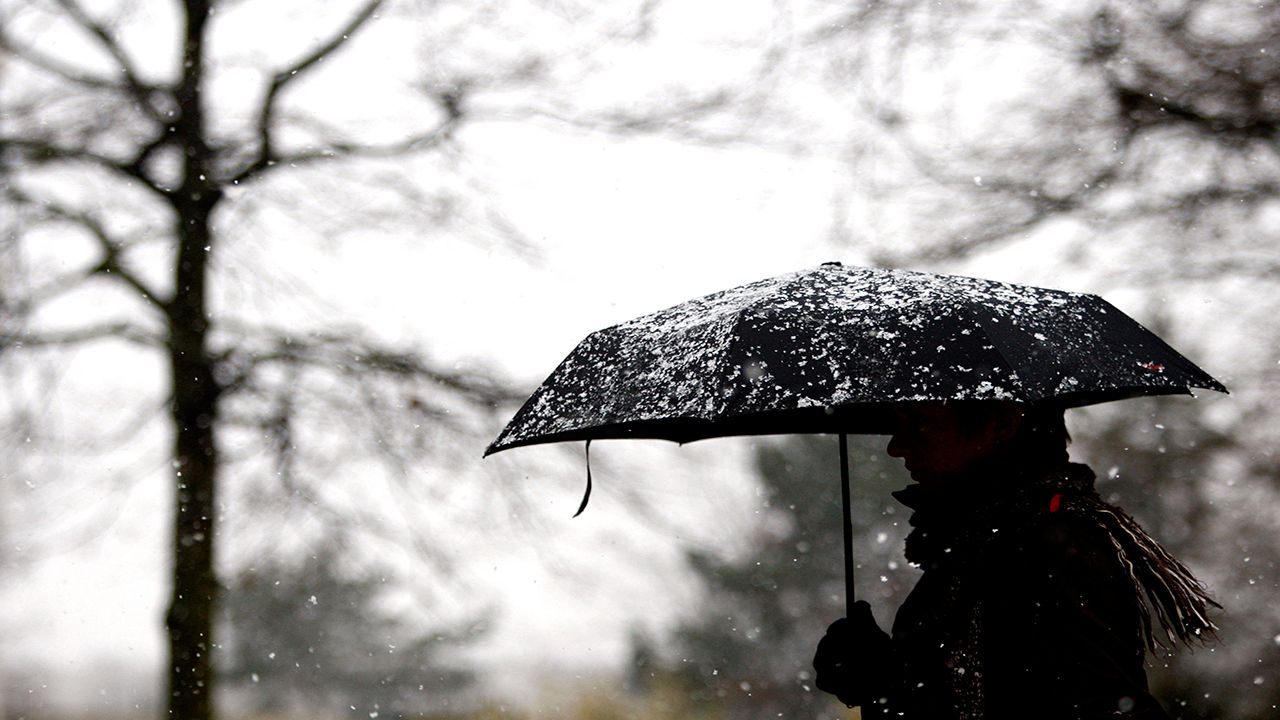RALEIGH, N.C. — They may not seem important, but rainfall measurements across an area can prove useful or even provide life-saving information during a threat for flash flooding and the CoCoRaHS network is recruiting people like you today!
CoCoRaHS began as an organization with the Colorado Climate Center at Colorado State University in 1998 in a response to a damaging flood in Fort Collins in 1997. Since then, thousands of volunteers have come forward to aid in the recording and observation of rainfall near their home.
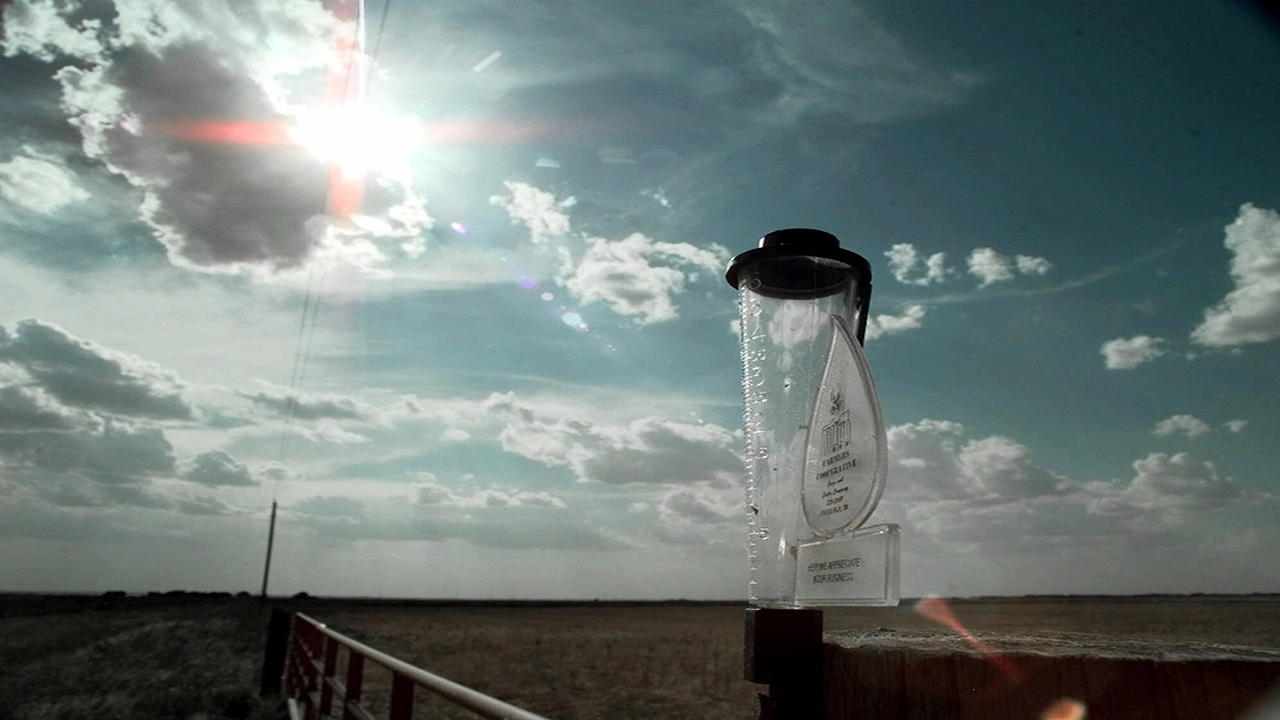
Rainfall totals measured in your area can often prompt the National Weather Service to issue a flash flood warning alerting the community to imminent danger from water rising in urban areas or even along area streams and rivers.
CoCoRaHS rainfall reports have been used to allow for earlier warnings before a threat for flash flooding becomes realized. The National Weather Service has a list of multiple events that gave additional time for people to evacuate before flood waters enveloped their homes.
In addition to rainfall, hail reports have been used to verify severe weather during severe thunderstorm warnings. A volunteer CoCoRaHS observer was once able to report ping-pong ball size hail from Wayne County during one of those warnings.
These reports will often allow for other communities to take action before the storm reaches them and CoCoRaHS exists as a community-based project so that someone else may provide that same advanced warning for you!
Anyone and everyone are invited to join the project but the volunteers needed most are those farther away from populated areas. Take Nash County for example where there are nine active volunteers but Wake County has 176 active volunteers!
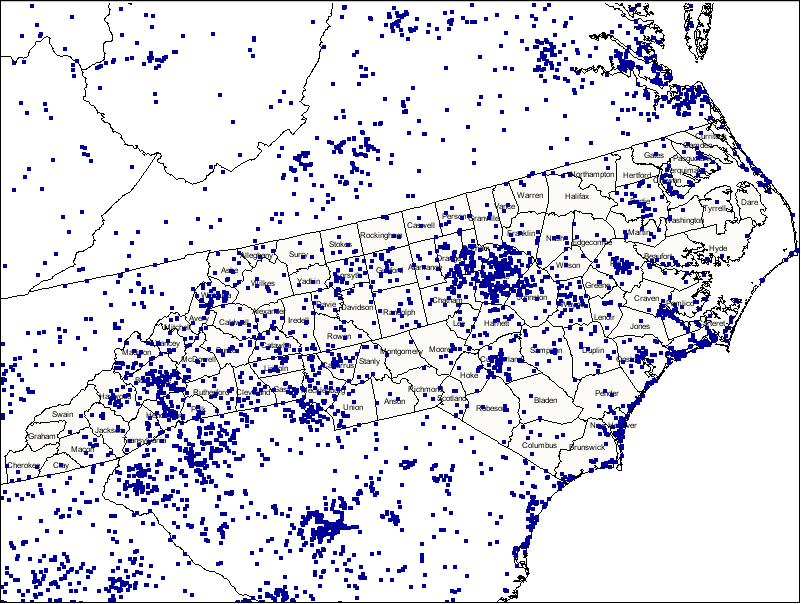
You can join CoCoRaHS easily by filling out an application after which you'll be assigned a station number. There's a small amount of training that volunteers will need to attend before entering data into the system.
Before you know it, you'll be providing accurate, high-quality precipitation data for your community all while participating in meteorological science and heightening awareness about the weather. You may even get to see your report featured during severe weather coverage on Spectrum News 1!




